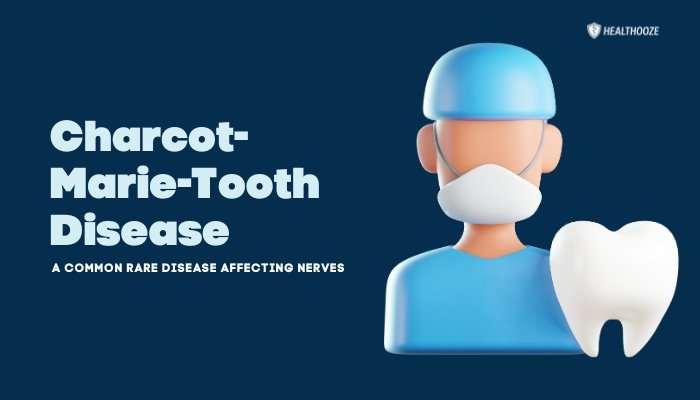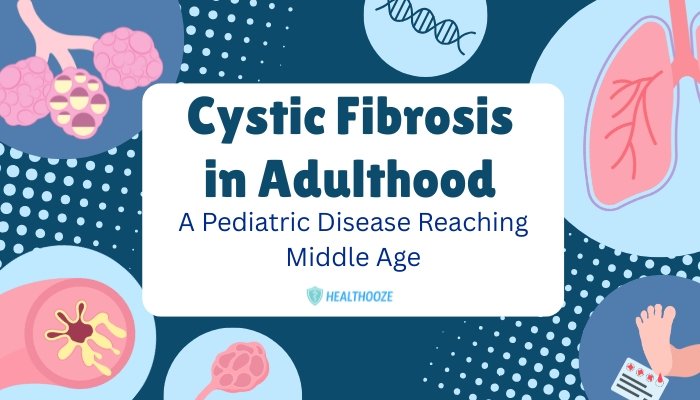Introduction
Charcot-Marie-Tooth disease (CMT) is one of the most prevalent inherited neuropathies, yet it remains largely unfamiliar to many. Affecting the peripheral nerves responsible for muscle control and sensation, CMT gradually weakens and atrophies muscles in the feet, legs, hands, and arms.
Though classified as a “rare disease,” CMT is relatively common in the rare disease community—estimated to impact tens of thousands worldwide. This article explains how CMT works, its hallmark symptoms, and how managing it early and holistically can help people maintain independence and quality of life.
What Is Charcot-Marie-Tooth?
The Basics of CMT
Named after the three neurologists who first described it, Charcot-Marie-Tooth disease is a genetic disorder affecting the structure or function of peripheral nerves. These nerves act like electrical cables controlling movement and providing sensation. When they degrade, signals are disrupted, leading to muscle weakness, difficulty walking, and sensory loss in the extremities.
Types and Genetic Variations
CMT comes in multiple types—most commonly CMT1 and CMT2—distinguished by how they affect the nerve’s insulating myelin (CMT1) or the nerve fiber (axon) itself (CMT2). Within each type, multiple subtypes exist, governed by different gene mutations. CMT1A, resulting from a duplication in the PMP22 gene, is the most widespread form.
Recognizing Symptoms and Diagnosis
Common Signs
- Foot Drop: Difficulty lifting the front part of the foot, causing tripping or awkward gait.
- High Arches and Curled Toes: Structural foot deformities, e.g., pes cavus, due to long-term nerve and muscle imbalances.
- Leg Weakness: Calf muscles often atrophy, leading to thin lower legs reminiscent of an “inverted champagne bottle.”
- Sensory Loss: Numbness or reduced ability to sense heat, cold, or pain in feet and hands.
Onset and Progression
Symptoms typically begin in adolescence or early adulthood, gradually intensifying over decades. Some individuals have mild signs that remain stable, while others endure more pronounced and early difficulties with mobility.
Diagnostic Process
- Clinical Examination: Doctors note muscle strength, reflexes, and foot deformities.
- Nerve Conduction Studies: Slowed conduction velocity indicates demyelinating forms; normal or near-normal velocity but reduced amplitude suggests axonal forms.
- Genetic Testing: Identifies specific gene mutations guiding prognosis or confirming ambiguous cases.
Managing CMT: Treatment and Coping Strategies
Physical and Occupational Therapy
- Exercises: Gentle strength training, balance routines, and stretching preserve muscle function and dexterity.
- Adaptive Aids: Orthotic devices—like ankle-foot orthoses (AFOs)—can stabilize ankles, mitigating foot drop and improving walking.
- Daily Task Modifications: Occupational therapists help adapt activities (e.g., using ergonomic utensils, adjusting home layouts).
Orthopedic Interventions
- Surgery: In some cases, procedures correct severe foot deformities or tendon imbalances, relieving pain or improving gait.
- Bracing: Leg, wrist, or hand braces can keep limbs aligned, prevent injuries, and allow more secure mobility.
Medications and Emerging Research
- Pain Management: Gabapentin or pregabalin can address neuropathic pain, though results vary.
- Gene Therapy: Early research investigating CRISPR or other gene-editing methods to correct certain mutations in inherited neuropathies.
- Drug Developments: Some compounds aim to improve nerve conduction or preserve myelin, though these remain in clinical trial stages.
Living Well with CMT
Emotional and Social Support
Adjusting to potential physical limitations or progressive weakness can be challenging:
- Support Groups: Local or online communities help share strategies and encourage positivity.
- Therapy and Counseling: Coping with anxiety, grief over losses, or acceptance of wearing braces can be aided by professional guidance.
Lifestyle Considerations
- Regular Activity: Low-impact aerobic exercises (like swimming or stationary biking) maintain cardiovascular health without straining weaker muscles excessively.
- Ergonomics: Adaptive devices (e.g., specialized keyboards, writing tools) limit fatigue in the hands.
- Nutrition: A balanced diet and keeping healthy body weight reduce additional strain on compromised feet and legs.
Education and Advocacy
- Workplace Accommodations: Employers can make minor modifications—like flexible schedules, ramp access—to ensure comfort and productivity.
- Travel and Public Spaces: Being aware of wheelchair or scooter options if walking long distances is painful or unsafe.
- Raising Awareness: Broadening the public’s knowledge fosters empathy, fueling community resources and research investments.
Future Outlook
Research Innovations
Genetic therapies, advanced nerve repair techniques, and improved knowledge of disease mechanisms promise hope for slowing or halting progression. Collaboration among global scientists, patient organizations, and biotech companies can accelerate breakthroughs.
Early Detection
Heightened knowledge among pediatricians or family doctors can lead to earlier diagnoses in childhood, facilitating interventions before deformities or complications worsen. Genetic screening could uncover carriers or pre-symptomatic individuals, enabling monitoring.
Supportive Networks
As “rare diseases” often lack visibility, the Charcot-Marie-Tooth (CMT) community fosters robust international networks. Through digital forums, conferences, and local gatherings, individuals gain essential tips, find reputable specialists, and push for policy changes.
Conclusion
Charcot-Marie-Tooth disease, though classified as a rare disorder, is one of the most common inherited neurological conditions, affecting thousands globally. Its hallmark is progressive muscle weakness and sensory deficits in the limbs, which can impact everyday life but need not define it. Early identification, physical therapy, orthotic devices, and emotional support can help individuals retain independence and minimize complications. With research forging new pathways in gene therapy and disease-modifying drugs, hope continues to grow that tomorrow’s treatments will further mitigate CMT’s burdens—enabling those diagnosed to stand stronger in body and spirit.
References
-
- Pareyson D, Marchesi C. Diagnosis, natural history, and management of Charcot–Marie–Tooth disease. Lancet Neurol. 2009.
-
- Shy ME, Burns J, Timmerman V, et al. CMT and inherited neuropathies. Nat Rev Dis Primers. 2019.
-
- CMT Association. Charcot-Marie-Tooth support and resources.







